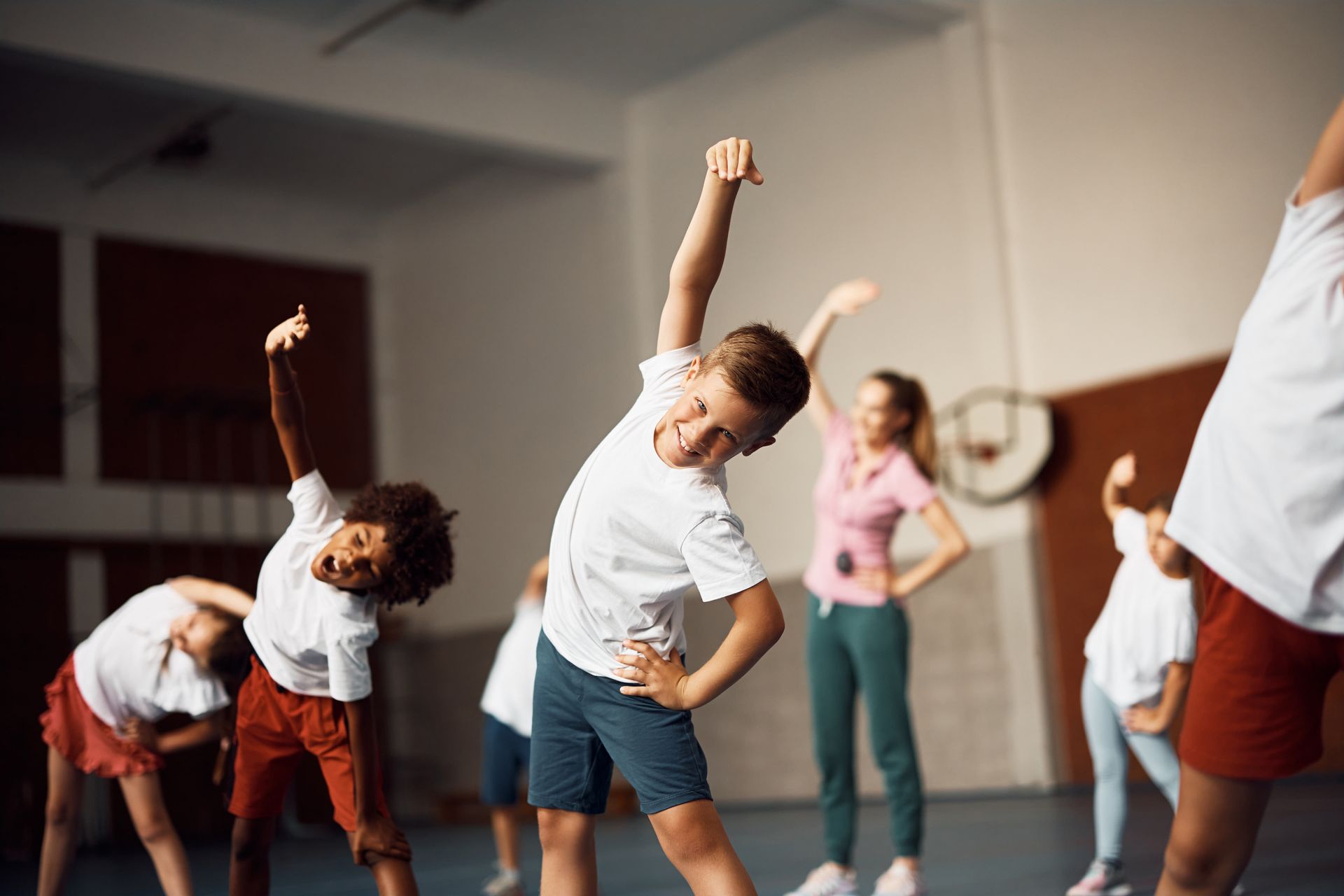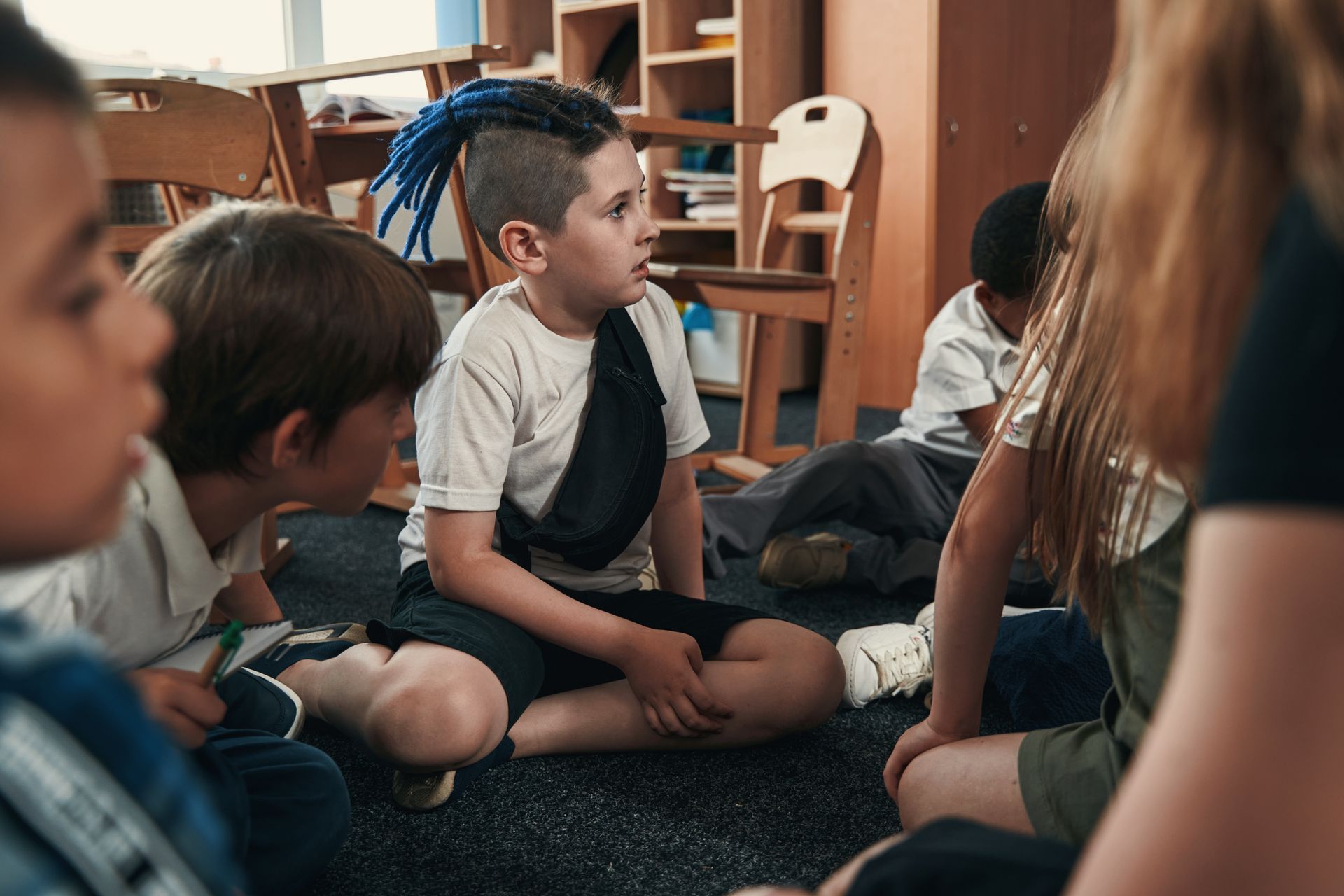HEALTH TIP MINUTE - JULY
Inexpensive Strategies for Saving on Medical Costs and Improving Your Family’s Health
According to the Centers for Medicare and Medicaid Services, the average American incurs $11, 172.00 in medical expenses each year. That is an extremely heavy financial burden for anyone. While it’s obviously not evenly distributed – some people will have tremendous health care costs in a given year, while others will have only minimal costs – the financial burden of health care can strike anyone, and it can bring financial ruin.
Yet, you have tremendous control over this equation. While you can’t eliminate every health care cost, you can take lots of actions to reduce those costs in almost every dimension of your life. Not only that, most of these options will also improve quality of life. Here are some tactics to use to save on medical costs and improve your own family’s health.
Walk Every Day
Every single day, go on a walk. The distance is unimportant – it might be a mile long walk or it might be a five mile stroll around your entire neighborhood. What truly matters is that you adopt a consistent routine of spending a notable portion of your day moving around.
The Mayo Clinic argues that a healthy walking routine can reduce medical ailments, extend one’s life, and improve one’s quality of life. They offer some solid advice on healthy walking, including using good posture and maintaining a solid pace.
Utilize Free and/or Low Cost Exercise Resources
It never hurts to add variety to your daily activities, either. An exercise routine – even a low-intensity one – has many of the same benefits as a daily walk, and you can certainly add both to your life.
Eat a Better Diet – Mostly Plants
Eat food. Not too much. Mostly plants. This is the take-home message of Michael Pollan’s book In Defense of Food, and it’s a pretty solid trio of rules to follow when you’re eating. Almost every sensible eating practice out there comes from these three rules.
First of all, you should strive to eat real food. By that, I mean cut down on processed pre-made food and eat as much basic food as you can. Eat fruits, vegetables, meats, and dairy products that are as close to their original form as can be. This way, there are fewer opportunities to have unhealthy additives to the food (salts, trans fats, preservatives, etc.).
Second, control your portion sizes. This doesn’t mean that you should diet and stop eating. It means that you should just try to eat less. Try to leave enough on your plate at restaurants so that you can eat lunch tomorrow with the leftovers. Use a smaller plate at dinner. Don’t fill up your plate. You can go back for more if you’re still hungry.
Finally, eat mostly plants. At a given meal, try to have the majority of your plate consist of vegetables and fruits. If you eat a meat-heavy meal, try to counterbalance it with a very plant-heavy meal.
Know Basic First Aid
If you already know how to treat most common ailments – and you have the supplies on hand to do so – you can eliminate quite a few doctor and hospital visits. The Red Cross offers a number of classes and self-education guides on basic first aid, ranging from how to deal with minor cuts and blisters to how to respond to emergency situations. You don’t need to become certified, of course, but studying up on basic first aid can be incredibly helpful for handling minor family medical problems with ease and without having to rely on the hospital or the doctor (and the resultant medical bills).
If you’d like a single book to reference for first aid questions, the American Red Cross First Aid and Safety Handbook is a great place to start. It has information and basic procedures that almost anyone can follow for a variety of situations. It’s useful to go through the book outside of emergency situations so that you’re familiar with what to do. The most important lesson of all? Knowing when it does make sense to call a doctor because the issue is beyond your care.
Evaluate Free Health Clinics/Minute Clinics at Pharmacies/Walk-In Clinics
Many areas offer free health clinics where doctors and registered nurses can provide diagnoses and assistance with ailments of all kinds. Use them to diagnose and treat cases of pink eye and strep throat, with the end result being nothing more than the cost of a prescription. No hospital visit, no doctor visit, no bills. The quality of free clinics varies greatly from area to area, so don’t let preconceptions sway you away from trying out a free medical clinic. Want to find one in your area? The National Association of Free and Charitable Clinics offers a great tool for finding free clinics in your area. They provide a great place to start if you’ve got expensive medical coverage.
Walk-in Clinics can also offer a low cost alternative to simple infections when the doctor costs may be higher and hours less inconvenient.
Take Advantage of Wellness Visits and Checkups
If your medical insurance offers free wellness visits or annual checkups, take advantage of them! Wellness visits and annual checkups are the easiest way to get an early diagnosis of a serious ailment, usually at the stage where it’s easily treatable rather than a medical crisis.
Try Home Remedies First
If you’re dealing with a minor condition, don’t be afraid to try non-medical treatment first. Are there steps you can take on your own to deal with this condition, either by minimizing the symptoms or eliminating the root cause? Don’t be afraid to discuss this route with your doctor before he or she pulls out the prescription pad. While a prescription might be one solution to the problem (and perhaps the easiest, in the short term), it’s often not the only solution and often not the best solution.
What can you do to solve the problem without that prescription? Can you eat better? Can you get more exercise? Can you alter your diet? Can you change your work environment? Can you change something at home? Different ailments can be handled with different solutions. Don’t rely on a pharmaceutical solution first – try other methods and see what you can achieve.
Talk to Your Doctor About How to Get Off Prescriptions
Similarly, if you’re on any long-term prescription medications, you should discuss the necessity of these medications with your doctor. Often, medications are prescribed to be a short-term fix for an ailment, like a pain medication that’s used until an injury heals or a blood pressure medication that’s used until you achieve a better body weight and trim salts from your diet. When those medications turn into a long-term fix, not only can they be an ongoing expense, you could also be opening yourself up to undesirable long-term side effects.
Spend some time talking to your doctor about a plan to get yourself off of any prescription medications that you’re on. Figure out if you actually need them or if they’re just covering up for some lifestyle choices you could be making. It’s far cheaper – and better for your long-term health – to exercise every day and eat a healthier diet than it is to continue to take prescription medications.
Negotiate Medical Bills
This doesn’t mean you should call up your medical provider or your insurance provider to argue about an ordinary $15 copay. Instead, apply a negotiation strategy for larger bills, like the ones you receive after surgeries or hospital stays. Often, medical providers and insurance companies engage in a dance of sorts with each other, where they intentionally bounce inflated costs back and forth at each other. The person that’s really hurt in this process is the patient that has to pay some portion – or all of it – out of pocket. Most medical providers are open to negotiating with patients because a negotiated bill is one that’s less likely to wind up in collections. If you receive a large medical bill, your first step should be to contact your medical provider and attempt negotiation.
Final Thoughts
You have a lot of control over your medical costs, both thanks to preventive actions, like getting in better shape and eating a better diet, and proactive choices, like taking advantage of wellness visits.
All of these options allow you to take charge of a significant portion of your present and future medical costs. The next step – taking action on the options that are relevant – is up to you.


